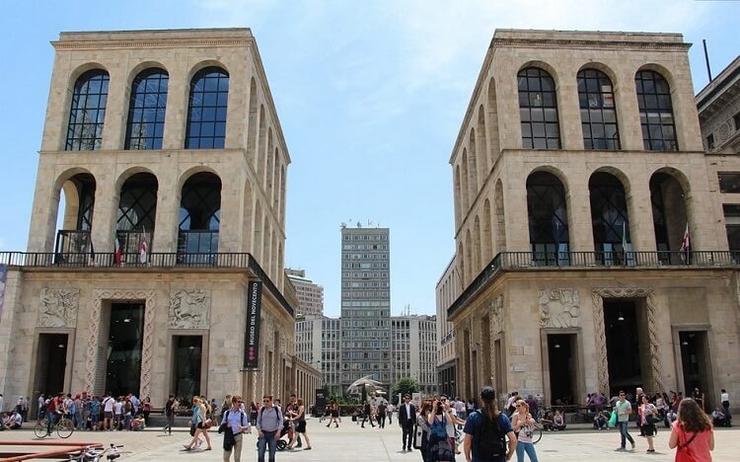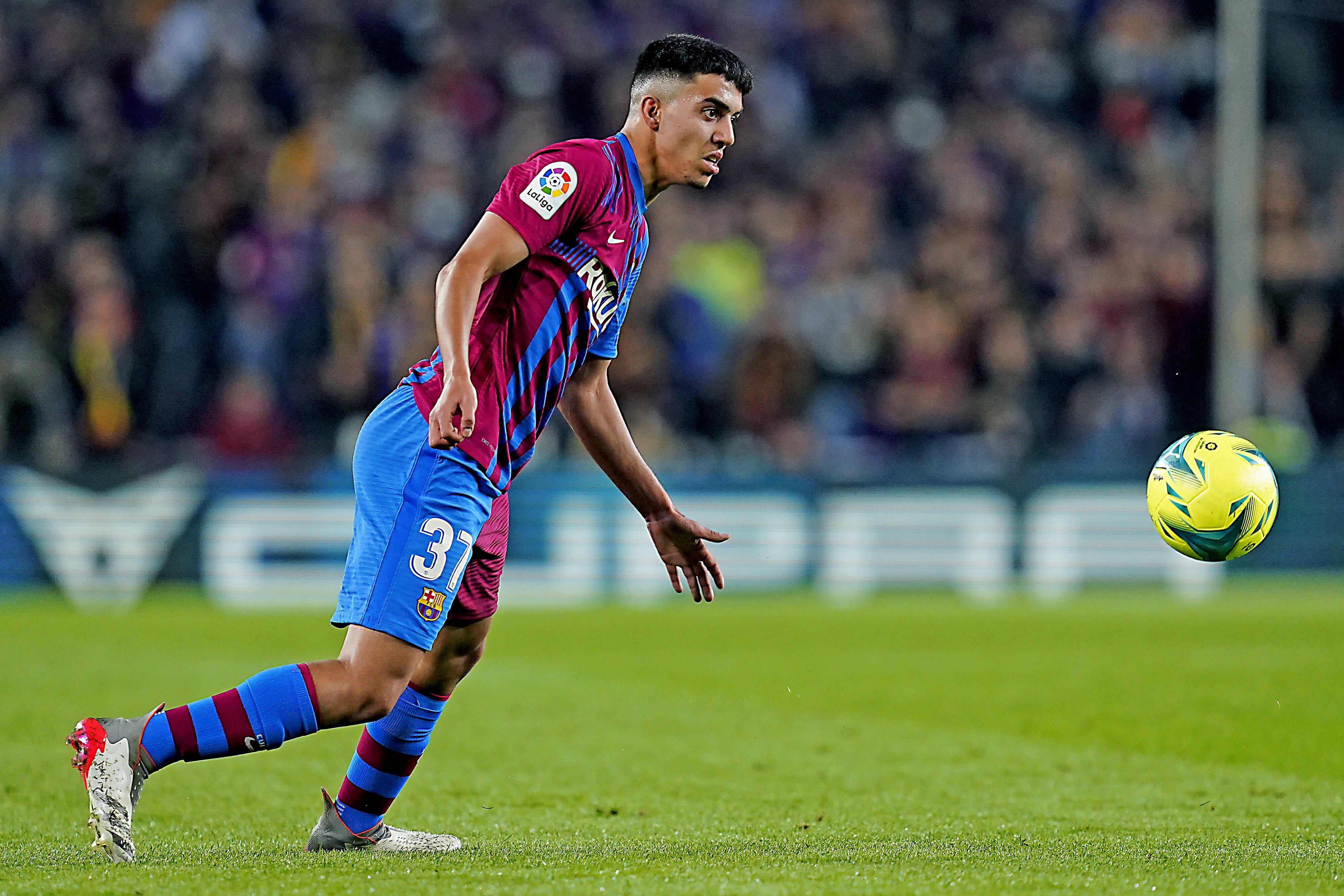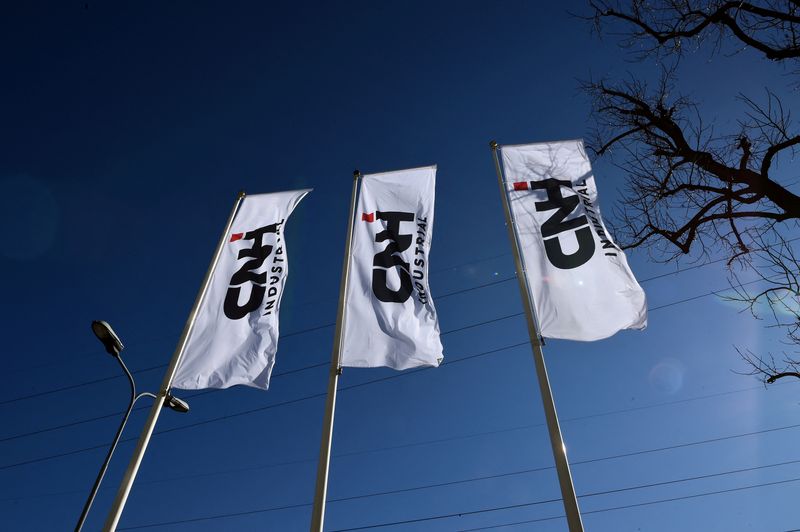Tour of Milan through its futuristic painters
From the Pinacoteca di Brera to the Museo del Novecento in Milan, guided tour in the footsteps of the futurist painters Marinetti, Umberto Boccioni, Giacomo Balla and Carlo Carra. And decryption of the futurist movement born in Italy, which projects itself forward.
With the concept of “futurism” we project forward. The futurist painters go in this, trace the instants of an immediate present linked to those of a future already present by the movement. As an extension of cubism, futurism was born in Italy in 1909 and is characterized by a search for the pictorial expression of movement. We can see there a geometrization of forms apparent to the fascination of machines, speed and the decomposition of movement.
The painter Filippo Tommaso Marinetti publishes the Manifesto of Futurism (1910) in which he shows that futurist artists seek to break down movement, to show each stage of it. With photography, the instantaneous gives to see a moment stopped, it is thus that many artists will take as support photographic research to study the decomposition of the movement it is the case of the Nude descending the stairs by Marcel Duchamp. From this painting, Duchamp develops plastic forms and futuristic research themes. If time does not exist as can be transmitted by quantum physics then why not designate what is called the present at the same time what is called the future? Isn’t time then an optical illusion? In this, the futurists materialized this temporal illusion.
When Umberto Boccioni met the Divisionists in Milan such as Giacomo Balla (1871-1958), Carlo Carrà (1882-1966), Filippo Tommaso Marinetti (1876-1944), Luigi Russolo (1885-1947) and Gino Severini (1883-1966) , the goal is to free models and figurative traditions of the past and to turn to the contemporary world, dynamic, alive, in constant evolution. It is true that the past no longer exists, the movement always goes forward.
The dazzling evolution of futurism in Italy and Milan
Umberto Boccioni was born in Calabria on October 19, 1882. As a teenager he began to show his taste for art. He meets Balla and begins to frequent the artistic milieu in Rome. It was also at this time that he met Gino Severini. He travels to France and Russia then around 1907 he settles in Milan which is the richest and most eventful city in Italy where he finds a real anchor to live and practice his art. The new art will have to have new forms and content, corresponding to the visual sensibility of the modern world and to the extraordinary scientific and mechanical novelties.
His masterpiece made in Milan is La città che sale – the city rises (1910). He painted this picture from the view of Milan he had from his balcony, this picture is the first futuristic work of the artist. The visual exaltation of force and movement, whose protagonists are men and horses and not machines.
Boccioni, champion of a pictorial revolution
With the work titled Brawl in the galleryan admirer of the Pinacoteca di Brera in Milan, the artist writes: “Everything moves, very quickly, everything arises quickly”…”A figure is never stable in front of us, it constantly appears and disappears”. This painting is the epicenter of Milanese social life. The artist still uses the traditional perspective from a distant point of view, placed in height, he has not yet approached the center of the painting to directly involve the observer. Sometimes presented as an episode with political resonance, the affair illustrated in the painting is a trivial news story, a hair-raising affair. A failure to sing: “Large crowds agitated by work, pleasure or revolt; the multicolored and polyphonic undertows of revolutions in modern capitals; the nocturnal vibration of the arsenals and shipyards under their violent electric moons.

With the table titled Costruzione spiralica – Spiral construction (1913), to see at Novecento Museum in Milan, the artist leaves “resemblance” and wants to synthesize all the moments of existence. The work will be represented in its most varied aspects, in space and time depending on the lighting. The revolution in painting is like in life: there are massacres, the form no longer matters, only the energy of the movement carries the colors into a third dimension that futuristic painting gives to see.
Milan preserves the works of futurist painters
With Giacomo Balla’s painting titled Ragazza at the balcony – running girl on a balcony kept at the Museo del Novecento in Milan, the artist is inspired by the chronophotographs of Etienne-Jules Marey and the work of a chemist and a mathematician. In this work no spatial reference is discernible. The colors vibrate through the fusion of isolated elements – girl, balustrade, door frame -.
Until March 13, 2022, the Modern Art Gallery of Milan (GAM) devotes an in-depth focus to this work, among Giacomo Balla’s most significant, on the occasion of the 150th anniversary of the artist’s birth. It is one of Balla’s first works, marking the artist’s transition from Divisionism to research on movement, which would find its full fulfillment in the painter’s Futurist phase.

Let it be Carlo Carra with the tempera on paper titled: Speed breaks down the horse (private collection Ricardo and Magda Juker in Milan) or Gino Severini with Expanding sphere of “centrifuge” light (private collection Ricardo and Magda Juker in Milan), research is indeed that of speed and not of objects – the horse or the sphere. By evoking them subtly with spiral curves, they use the technique of divisionism – chromo-luminarism – which they put at the service of the representation of movement, we can then speak of a chrono-photographic construction, which produces an effect close to optical illusion.
For the Futurists, movement in its simplest sense, that is to say the movement of an object in space and the simultaneous representation of its different phases, is the very foundation of art. The theorists of futurism assert in the manifesto : “A running horse does not have four legs: it has twenty and their movements are triangular. [..] The gesture will no longer be for us a stopped moment of universal dynamism: it will definitely be the dynamic sensation eternalized as such. Thanks to the relevance of the image on the retina, moving things multiply, deform, succeeding each other, like vibrations, in the space they travel through..
Dynamism of a cyclist (Peggy Guggenheim collection) is one of Boccioni’s happiest paintings, long prepared by a series of drawings which, starting from objective reality, gradually abandon it by breaking it down into simultaneous lines-forces. All done with no apparent effort.




